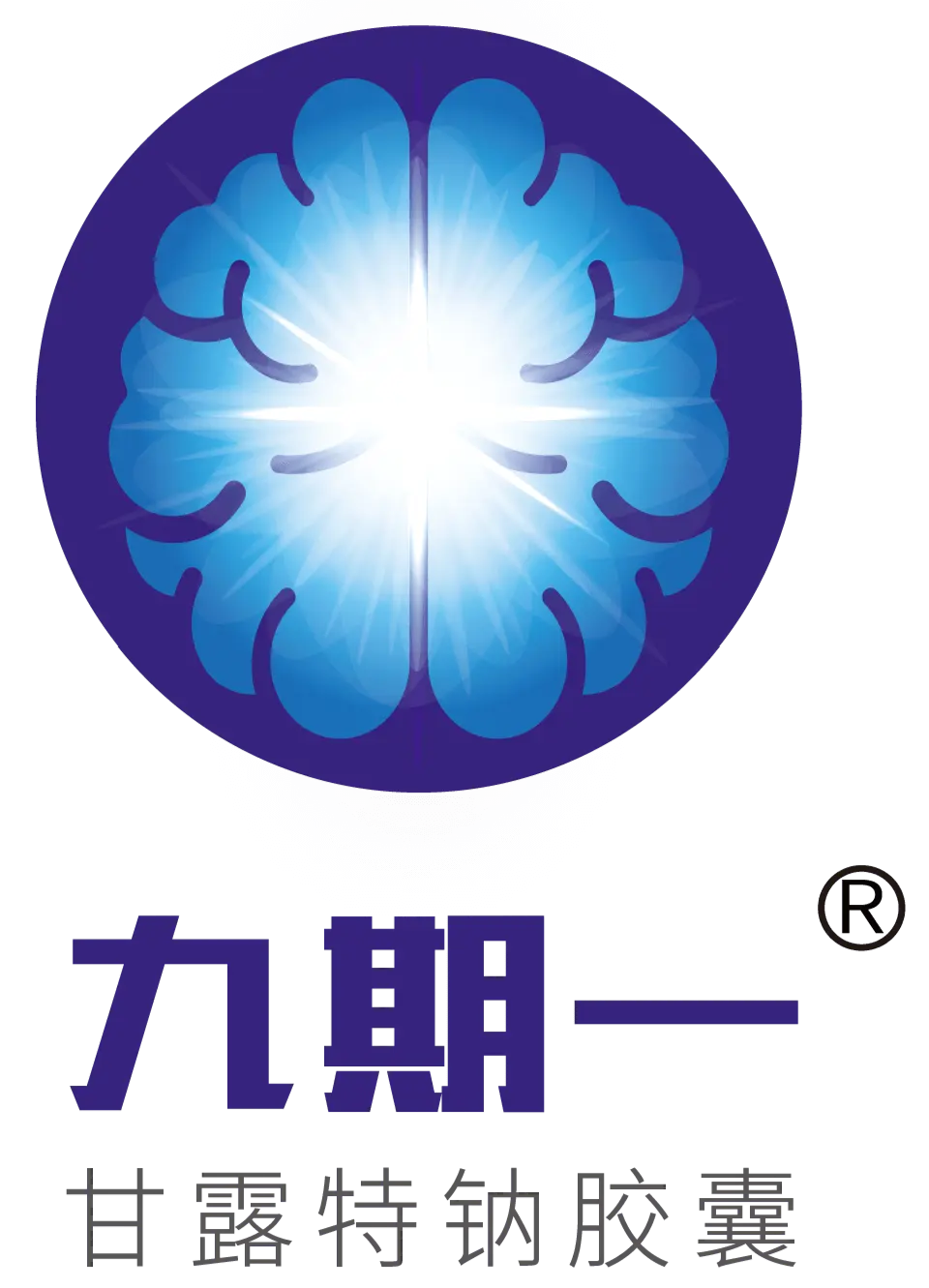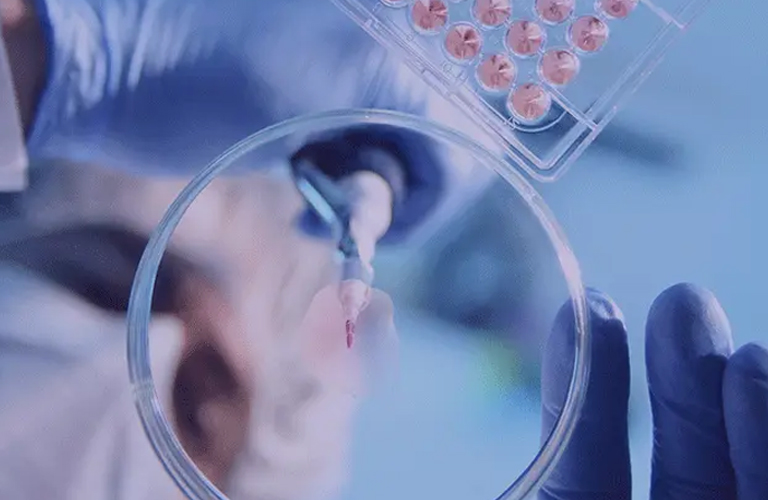Risk Factors and Biomarkers for the REM Sleep Behavior Disorder by Piu Chan
Good morning. This is Doctor Chan from the Department of Neurology, Geriatrics and Neurobiology at the Xuanwu Hospital of Capital Medical University, Beijing, China. It’s an honor to be invited to talk about the risk factors and biomarkers for the REM sleep behavior disorder, or called RBD.
So a large number of studies have already shown that the RBD is commonly comorbid with α-synucleinopathies. So data have shown that around 40% of Parkinson’s patients had RBD, and probably more than 80%, sometimes even 100% of MSA patients, which is multiple system atrophy, and the DLB, which is Dementia with Lewy Bodies disease, could have RBD. In addition, there are, some PSP patients and also vascular dementia patients could also have RBD. Their frequency could go up to something like 25 %.
So this data seems to indicate that RBD is a very common comorbidity with α-synucleinopathies. In addition, large number of longitudinal cohort studies or retrospective studies have demonstrated that RBD patients could convert to Parkinson’s disease or MSA or DLB in a longitudinal way.
So from this figure that it can show in something around 14 to 15 years follow-up, almost 80 % of the RBD subjects could convert to Parkinson’s disease. So this indicates a close relationship between RBD and Parkinson’s disease. However, we're not quite sure what is really the relationship between RBD and Parkinson’s disease regarding the etiology. Do they have the same cause?
We know that RBD is the prodromal stage of Parkinson’s disease. But is it the same disease? So with the aim to identify the risk factors for RBD in a large community cohort and try to compare the differences between Parkinson’s disease and RBD, we carried out these longitudinal follow-up studies in a cohort we developed in Beijing.
So from this diagram, it can show we have identified some 200 as subjects by questioning the Hong Kong questionnaire. They are positive, so they can be defined as probable RBD or idiopathic RBD among 5,000 subjects.
First, we kind of look at the demographics, and also some of the environment exposure or life exposure between the RBD subjects and the controls. So we found that rural living, farming and also a family history of parkinsonism or dementia has an increased risk for Parkinson’s disease. Also, hyperlipidemia is also a risk factor of RBD. So this is quite similar to what has been reported as risk factors for Parkinson’s disease.
Next, we also found that smoking, no matter ever smoking or past smoking, is associated with an increased risk factor for RBD in this cohort. So this is quite different from Parkinson’s disease, because smoking is a sort of neuroprotective effect for Parkinson’s or negative association with parkinsonism. This is a different for RBD because smoking is a risk factor for RBD here.
Regarding the environmental exposure, we also found that carbon monoxide poisoning or exposed to pesticides, could increase risk for RBD, so this is quite similar to Parkinson’s disease.
So from this large-scale community-based epidemiological studies, we found the majority of the life habits and exposure are quite similar for both RBD and Parkinson’s disease except smoking is positively associated with a risk for RBD. But it's negatively associated with Parkinson’s disease.
So from this data, it seems to suggest there is likely a common etiology or pathogenesis for both RBD and Parkinson’s disease. We further looked at this community-based RBD cohort and to see if they share some of the common non-motor and motor signs as Parkinson’s patients. From this table, you can see hyposmia or loss of olfactory function, constipation or day-time sleepiness is very common and significant in RBD subjects. And also the GDS-15 or depression is common among the RBD subjects. So these are the non-motor symptoms very common for both RBD and Parkinson’s disease.
In terms of motor symptoms, we found an increased rate of inexpressive face or facial expression, or clumsy arm and leg movements, and reduced arm swinging are also common in our RBD Subjects. Even we identified falls is also a risk factor for RBD. So that seems to indicate among the community RBD subjects, they seem to have more frequent motor and non-motor symptoms that are similar to Parkinson’s disease.
So this is from the clinical aspect. We found there are some common features between RBD and Parkinson’s disease. The above data indicate that there are common features or etiology and potentially RBD is a prodromal stage of Parkinson’s disease.
Next stage that we tried to develop tools that may help us to screen for RBD subjects, but also identify who are the ones that most likely will convert to Parkinson’s disease. As a first, the Hong Kong RBD questionnaire is a common and also proving to be quite sensitive and specific questionnaire to screen for RBD. So we were trying to rally this questionnaire in Mandarin version in Beijing.
In addition, we tried to add two questions into the Hong Kong RBD questionnaire where we tried to see if we I exclude those people who most likely to have apneas, so that could increase further the sensitivity and specificity of the questionnaire for screening for RBD. So in this study, we used both the Hong Kong questionnaire and the Beijing questionnaire. We rallied these two questionnaires in around more than 200 RBD subjects confirmed by PSG instruments.
So for both the Hong Kong and Beijing questionnaires, they have a quite high, more than 95%, sensitivity, and more than 80% specificity. So particularly for the Beijing questionnaire, we found it has significantly increased specificity. So that demonstrated that so by excluding apneas, the respiratory obstructive disease, we can increase the sensitivity of identifying those people who have more idiopathic RBD. And also the Beijing questionnaire seems to indicate a much higher 95% positive predictive value and negative predictive value. So this gives us an AUC score of 97%. So this demonstrate this could be a very sensitive questionnaire for screening RBD in the community.
The next, we've been showing that a visual dysfunction, particularly the high cortex function of vision and stereopsis could differentiate between RBD and the control, particularly in Parkinson’s patients with RBD. So that indicates the visual dysfunction, which is not that common in normal Parkinson’s patients is relatively more frequent in Parkinson’s patients with RBD.
And also, we try to look at the quantitative evaluation of iron content in the nigra. So we used the QSM, quantitative susceptibility mapping. That's a technique using MRI, and we can look at the iron content in the nigra.
So from this study, it seems to show that the iron content significantly increased in the left and the right side of the nigra both in Parkinson’s patients, but also in the iRBD subjects. So the value is kind of in between the control and Parkinson’s patients, shares a nice correlation with the disease duration. And so this provided around 75 to 80% AUC score for identifying people with RBD.
In addition to QSM with MRI, we have also developed a tracer that labels with VM2 in the in the striatum. So that can be used to identify subjects who may have loss of dopaminergic terminals.
In addition, we looked at the immune markers in peripheral blood and tried to see if they can help us to identify people who might likely convert to Parkinson’s disease in RBD subjects. We found IL-10 and TNF-α seem to significantly increase in RBD subjects as comparing to control. And also, the survival curve indicated that subjects, so a much higher conversion rate to Parkinson’s disease.
Finally, we also looked at the hypomethylation of this synuclein, the gene. So this is the methylation site we’ve looked at, and the promoter region of this synuclein gene, including the CpG 10-17. So it’s interesting to see that quite a few of the methylation sites have a decreased level in RBD subjects, but also in converted Parkinson's subjects. So this is a longitudinal follow-up study. So this indicates that hypomethylation of the synuclein gene promoter region could differentiate RBD subjects from normal control.
Further, we found that CpG 17 sites could even predict the conversion to Parkinson’s disease, because the RBD subjects with hypomethylation of CpG 17 sites are more likely to convert to Parkinson’s disease during the follow-up. This is also true for subjects who have minor motor signs that are demonstrated by the UPDRS III scores. So it's combining these two markers and the hypomethylation of CpG 17 sites, and the UPDRS score part III. They can provide even further, more sensitive, or faster conversion to Parkinson’s disease.
So as the MDS has already formed a committee to develop this MDS research criteria for prodromal Parkinson’s disease, so in which something around 40 newly added factors that could be either risk factors, or prodromal symptoms, or objective testings, class aging, and genetic paragraph. So the composition of those factors could predict if someone might be already in the prodromal stage of Parkinson’s disease. So the same thing like RBD.
So then, we might be able to use RBD itself, or among the RBD subjects with this MDS prodromal diagnostic criteria, to help us to identify subjects who might convert to Parkinson’s disease. So with that, we’ll be able to implement intervention trials, and to develop potential neuroprotective drugs that may slow down Parkinson’s disease or delay the onset.
So with what I have talked about, by looking at the risk factors and exposure to risk factors, plus identification of RBD in the community with an easy-use questionnaire, by implement PSG or other tests like the genetic testing, the imaging including a structural or functional imaging of the dopamine system, and by examining the (on)set of motor deficit.
By combining those, we may be able to screen in much early stage of RBD subjects, and particularly those subjects who may potentially develop or convert to Parkinson’s disease. So we can further develop trials to identify therapies that can slow the disease progression.
With this session, the focus is the microbiome. So we know there are studies that have already looked at the microbiota or the microbiota in RBD subjects seems to indicate that there are potential patterns or markers that may be used to identify or diagnose RBD subjects that potentially would convert to Parkinson’s disease.
But I think it is still in the early stage. A lot of studies needs to be done. But if we can target this RBD prodromal population by using a more sophisticated technology to identify or to study the microbiome in Parkinson’s or iRBD, that may help us to further understand the potential diagnostic markers, and protective strategies for Parkinson's disease. I will stop here and thank you for your attention.








